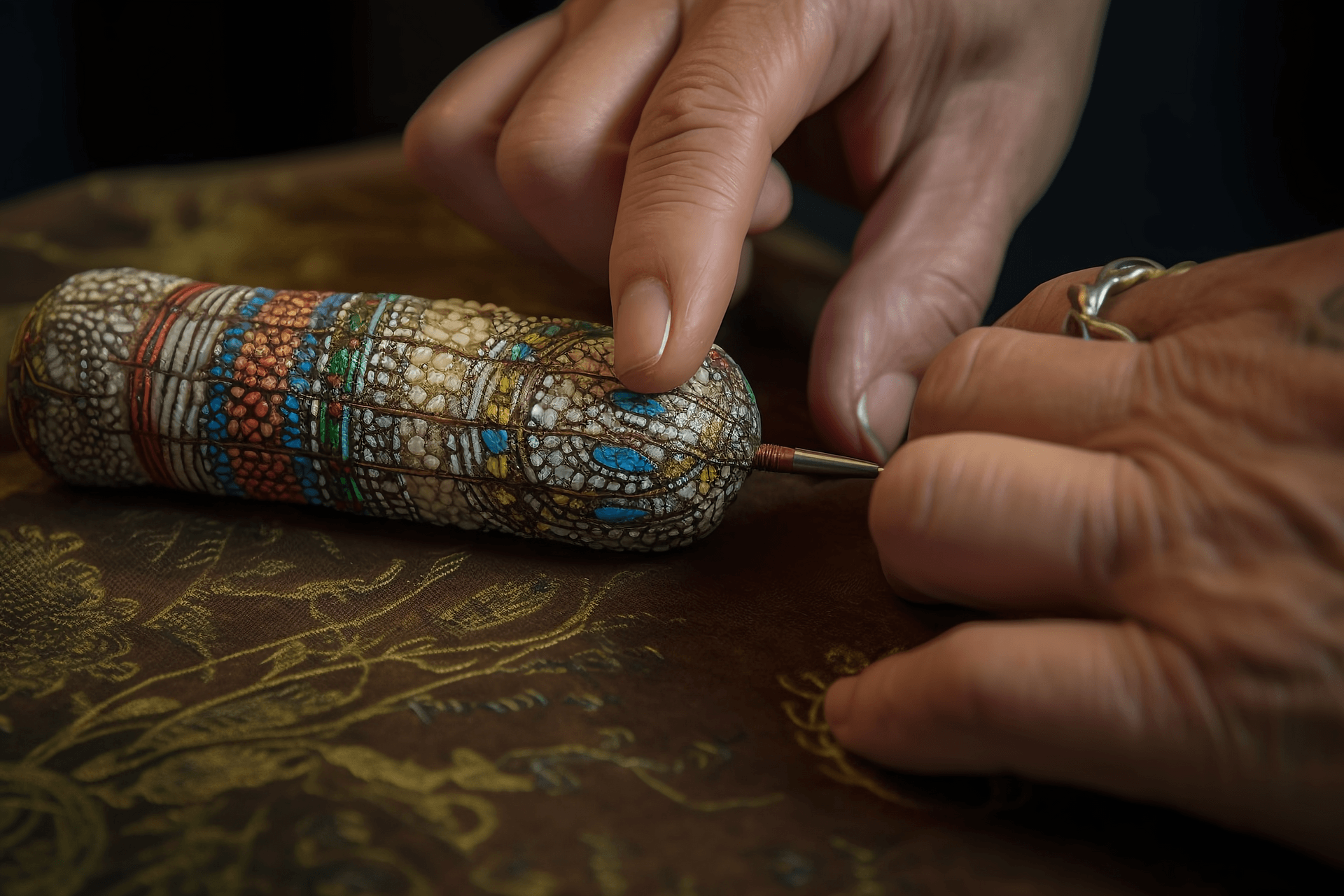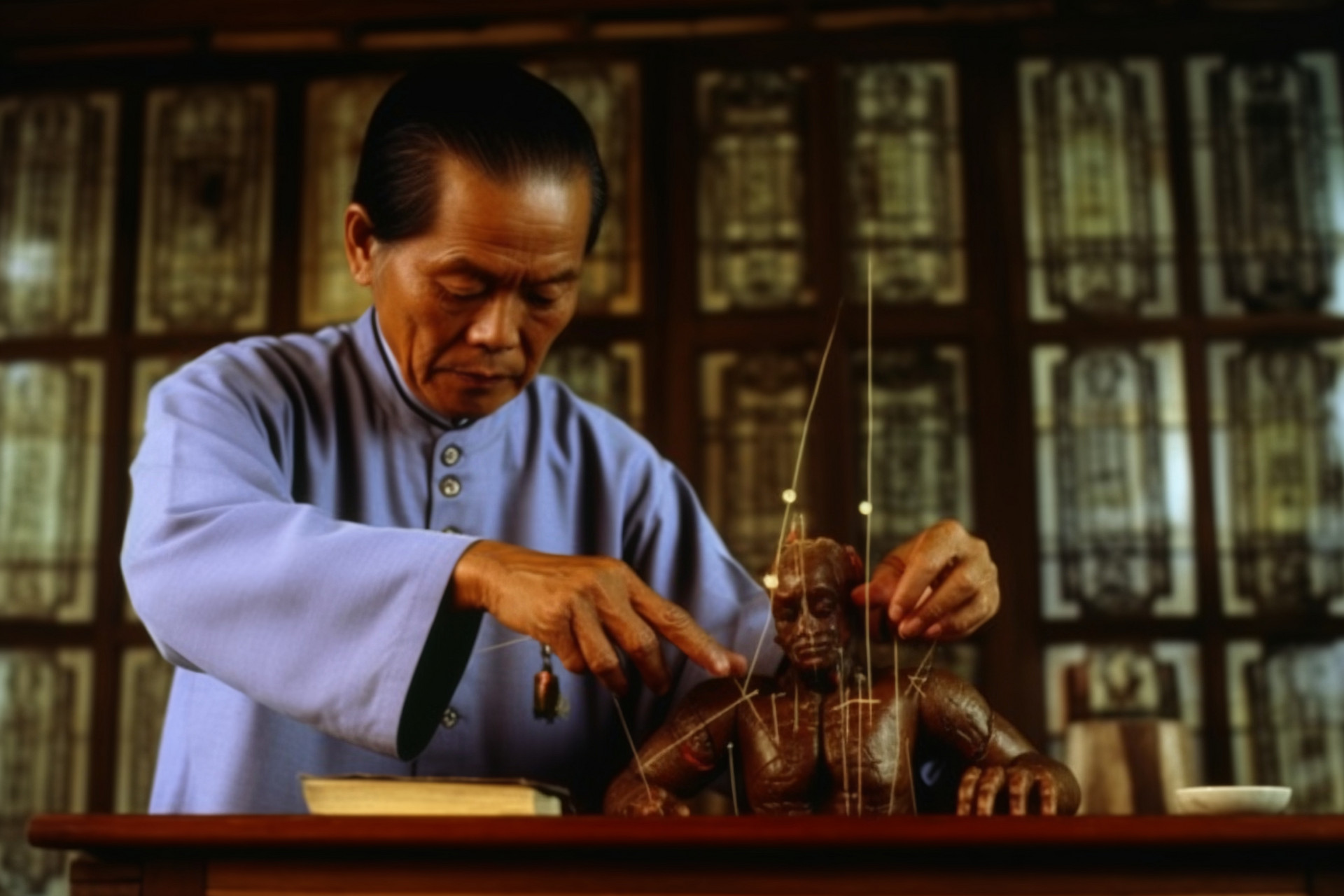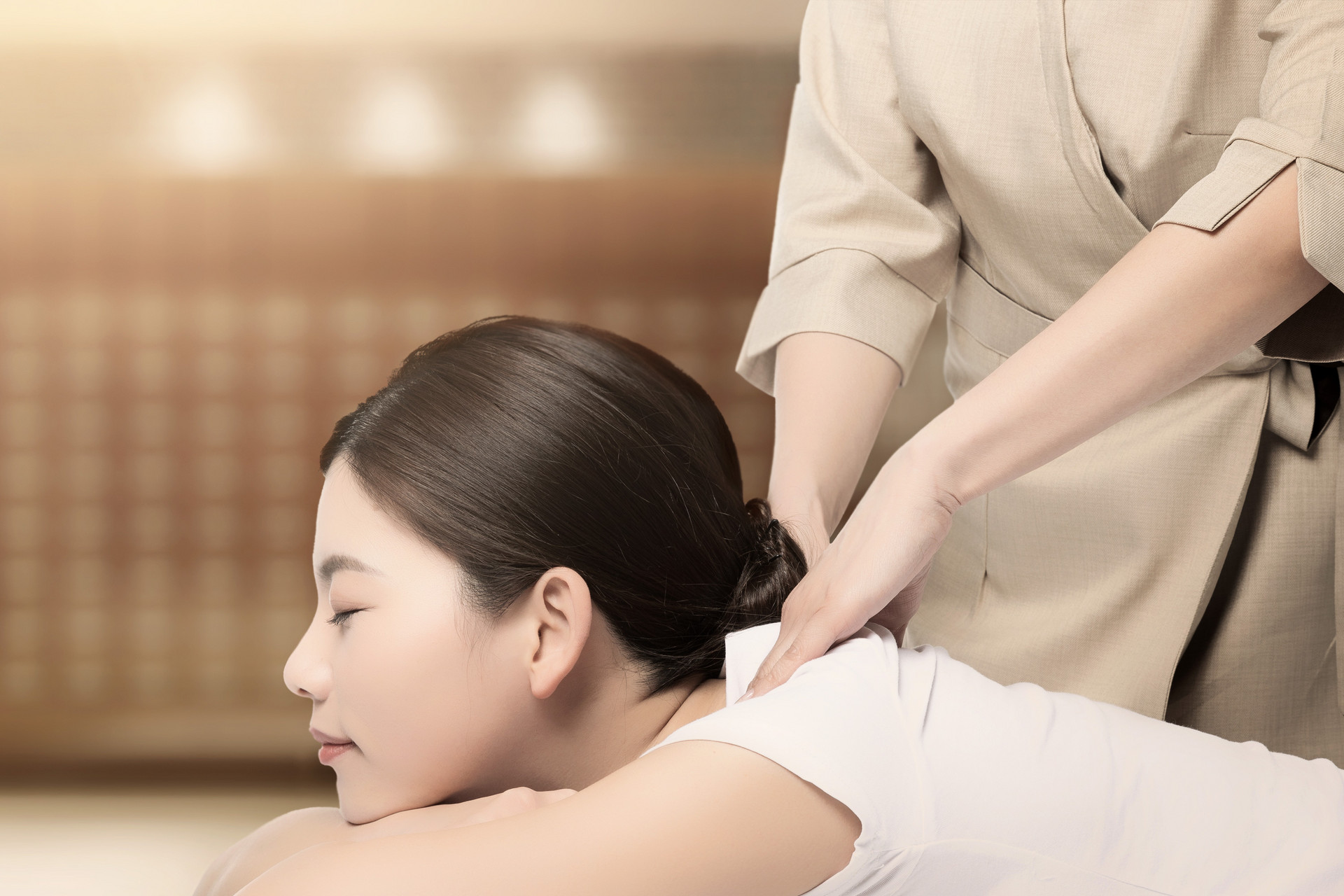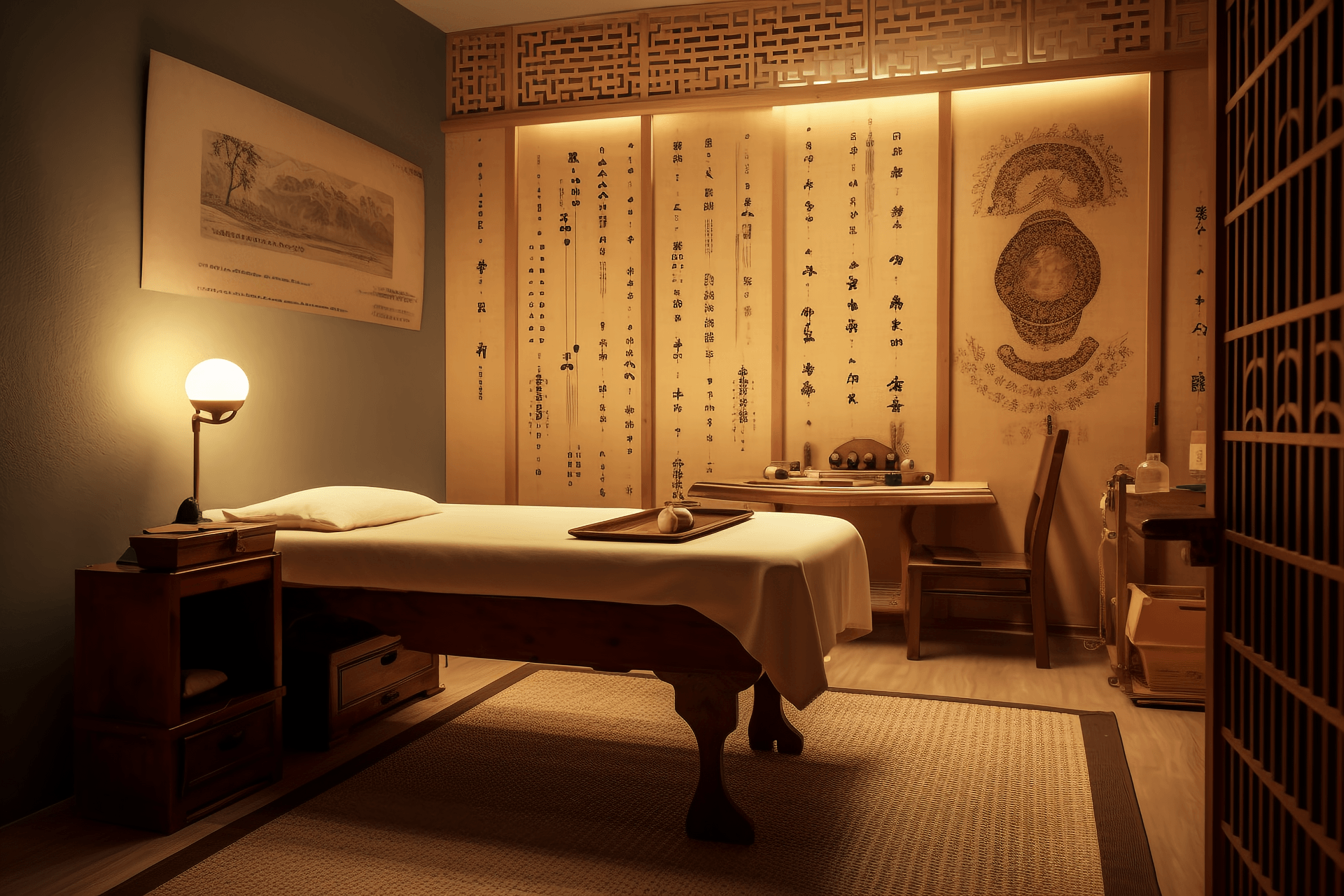Moxibustion with a moxibustion device refers to a method of applying moxa wool ignited in a special moxibustion device to acupoints or specific parts of the body for moxibustion or fumigation. The use of moxibustion devices for moxibustion has a long history in China. As early as the Jin Dynasty, there was a record in Ge Hong's "Emergency Prescriptions for Elbow Injuries, Volume Three": "Take about a hu of dried moxa leaves, make it into a ball, put it under a porcelain pot, plug the remaining holes, leaving only one hole, place it on the painful area, and burn moxa to fumigate it." In the Tang Dynasty, there appeared the use of fine bamboo tubes and reed tubes as moxibustion devices, known as warm tube moxibustion or tube moxibustion. For example, in the "Essential Prescriptions for Emergencies Worth a Thousand Gold" it is recorded: "Cut an arrow shaft to two inches, insert it into the ear, wrap it around the four sides of the face, and make sure it does not leak air." At that time, warm tube moxibustion was mainly used to treat facial paralysis and ear diseases. In the Ming Dynasty, Gong Xin's "Ancient and Modern Medical Mirror" mentioned the use of copper coins as substitutes for moxibustion devices. If we say that the moxibustion devices used before the Ming Dynasty were considered makeshift, then in the Qing Dynasty, moxibustion devices made specifically for moxibustion began to emerge, such as moxibustion boards, moxibustion covers, and moxibustion cups. Moxibustion boards and moxibustion covers are both mentioned in Gao Wenjin's "Illustrations of External Medicine". The former is a long board with several holes, on which moxa wool can be placed for moxibustion; the latter is a conical cover with a hole, which is placed on top of the moxa ember for moxibustion. Moxibustion cups are mentioned in Lei Feng's "Secret Transmission of Moxibustion": "The silver plates on all sides should be slightly thicker, while the bottom should be thin, with several holes. The cup should have four legs. Ginger slices should be attached to the cup legs, and there should be several holes in the ginger that correspond to the holes in the cup, so that the medicinal aroma can penetrate into the meridians and organs." In addition to these, there were also methods such as walnut shell moxibustion.
Warm moxibustion with a moxibustion device is gentle, long-lasting, and easily accepted by patients, and the operation is relatively convenient. It also has good therapeutic effects on certain diseases. Moxibustion with moxibustion devices has made unprecedented progress in modern times. Currently, there are various types of moxibustion commonly used in clinical practice, such as warm simple moxibustion, warm box moxibustion, warm frame moxibustion, warm cup moxibustion, and warm tube moxibustion. It is worth mentioning that with the help of modern science and technology, various non-moxa moxibustion devices that do not use moxa fire as a stimulus source have been developed, adding a new chapter to moxibustion therapy.











